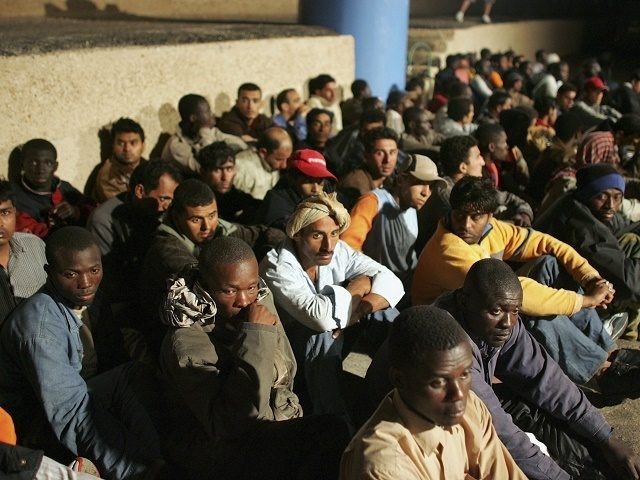Foreign Mafias Profit Heavily from ‘Business’
Post# of 52071

< >

Italy’s anti-mafia taskforce revealed this week that foreign and internal mafias are investing considerable resources into the business of illegal immigration into Italy.
The facilitation of illegal immigration together with all its ‘satellite’ crimes is “one of the primary and most profitable businesses” for foreign criminal organizations working in Italy today, stated the anti-mafia taskforce (DIA) in its biannual report released Wednesday.
Even in Rome, “more and more organizations are adopting a modus operandi similar to that of mafia associations, such as those in Sicily, Calabria, and Campania,” the report declared, adding that foreign crimes rings are now allied with traditional Italian mafia groups in coordinating migration flows.
The foreign criminal groups involve traffickers from the Maghreb, “especially Libyans and Moroccans, in the transport of migrants from the coast of North Africa to the coasts of Sicily,” the report states.
For its part, after the death of crime lord Titò Riina, the Sicilian mafia, or “Cosa Nostra,” is going through “a phase of transition and reconfiguration,” the report adds.
The report found that mafia involvement in illegal immigration has reached higher proportions than ever and is “too often tragically associated with the death of migrants at sea, even at an early age.”
Contrary to many media reports, migrant sea deaths have been shown to be directly correlated to the number of migrants who attempt the perilous crossing of the Strait of Sicily, which separates North Africa from the south of Italy.
Mediterranean migrant deaths at sea have dropped dramatically in 2018 as the stricter immigration regulations of Italy’s populist government have discouraged migrants from making the crossing.
As both the UNHCR and IOM have observed, Italy’s immigration figures for the first half of 2018 have fallen by 80 percent over the same period of 2017, resulting in far fewer deaths at sea.
According to data released earlier this month by the United Nations immigration agency (UNHCR), a total of 16,919 migrants arrived by sea into Italy prior to July 8, whereas over the same period in 2017 a total of 85,197 migrants had arrived.
For the first half of 2018, sea deaths similarly fell from 2,258 to less than half that, or 1,058, in the same six-month period. The decline in migrant sea deaths due to more restrictive immigration policies supports the argument that more stringent immigration regulation in these situations helps save lives, contrary to specious arguments to the contrary.
The drop in migrant arrivals began with agreements last summer between Italy and the Libyan coast guard to prevent NGOs from shuttling migrants from the coast of that nation to Italy and has been further augmented by the new populist government’s staunch resistance to illegal immigration and its opposition to the notorious NGO “taxi service” from North Africa.
Based on the statistical evidence, encouraging illegal immigration by opening ports to migrants is directly correlated to an increase in migrant deaths.
 (0)
(0) (0)
(0)